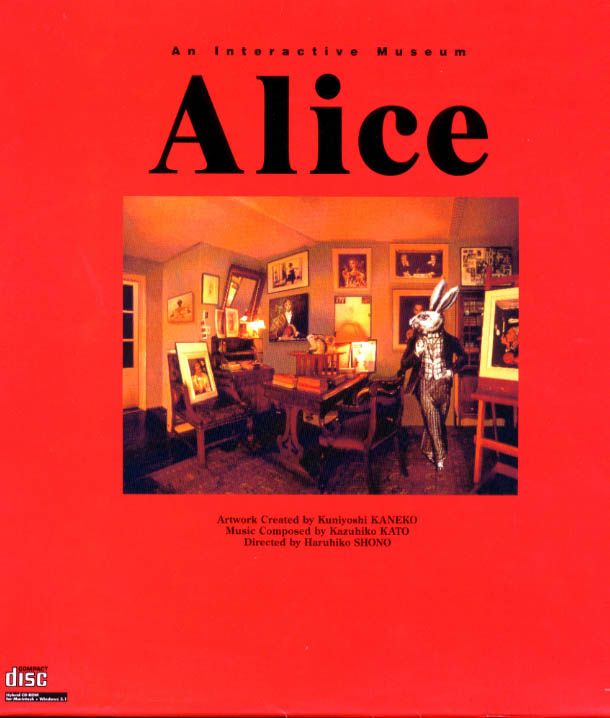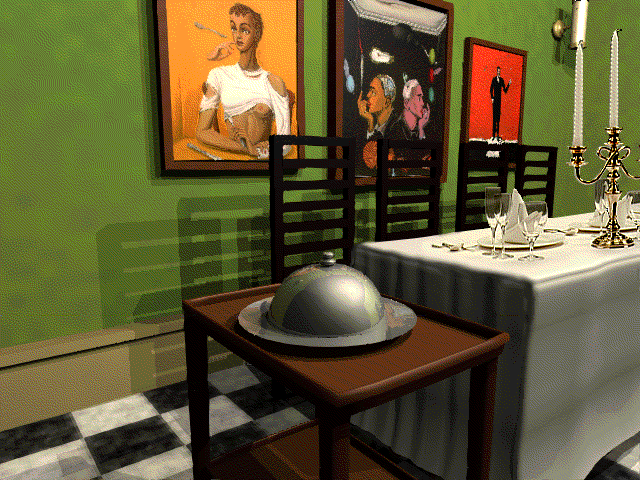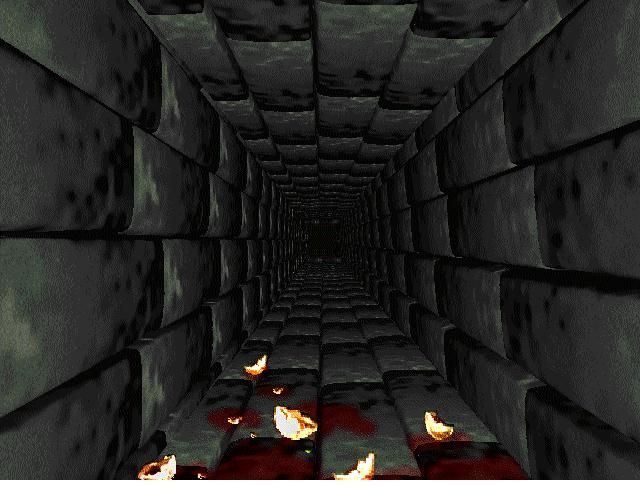Retro Replay Review
Gameplay
Alice: An Interactive Museum thrusts you into a surreal scavenger hunt through twelve intricately designed rooms. Your primary objective is to locate a deck of 53 cards, each card bearing a clue that inches you closer to the elusive final chamber. This core loop of exploration and puzzle solving is straightforward in concept but layered in execution, demanding patience and attention to detail from the player.
(HEY YOU!! We hope you enjoy! We try not to run ads. So basically, this is a very expensive hobby running this site. Please consider joining us for updates, forums, and more. Network w/ us to make some cash or friends while retro gaming, and you can win some free retro games for posting. Okay, carry on 👍)
Puzzles range from simple pattern recognition to multi-step riddles that require cross-referencing clues you’ve discovered in earlier rooms. Because the interactive hotspots are unmarked, every painting, sculpture, and piece of Victorian décor could hide a secret. Discovering a card might even flip an entire room upside-down or trigger an unexpected animation—moments that keep you perpetually on your toes.
One of the game’s most distinctive quirks is its refusal to hold your hand. There is no save feature and no in-game tracker for found cards, so you must manually note each clue on paper or a separate digital document. While this design choice will delight players who crave an old-school challenge, it can frustrate those accustomed to modern conveniences like auto-saves and quest logs.
Despite its occasional tedium—revisiting rooms to retrace your steps can feel laborious—the satisfaction of piecing together clues and witnessing the museum’s secrets unfold is immensely rewarding. The lack of hand-holding paints the experience as a genuine treasure hunt, forcing you to engage deeply with every corner of the museum.
Graphics
The visual style of Alice: An Interactive Museum pays homage to Lewis Carroll’s whimsical illustrations, combining hand-painted textures with subtle 3D effects. Each room feels like a living diorama, brimming with playful details: teacups that spill into thin air, chess pieces marching across checkerboard floors, and portraits whose eyes seem to follow your cursor.
Interactivity is at the heart of the museum’s aesthetic. Clicking on a seemingly innocuous frame might reveal a hidden compartment or send chandeliers spiraling overhead. These reactive animations are delightfully unpredictable, turning every mouse movement into a potential “Eureka!” moment.
However, the decision to leave hotspots entirely unmarked can be a double-edged sword. While it enhances the sense of mystery—encouraging you to examine every inch of wallpaper and woodwork—it also risks leaving you stuck in a visually dense environment. Newcomers to exploration-heavy games may find themselves lost amidst the ornate décor without any visual cues.
Overall, the fidelity of the graphics may not match blockbuster titles, but the charm lies in its handcrafted approach. The museum’s art direction transports you into an Alice-inspired world that feels simultaneously familiar and delightfully off-kilter.
Story
There is no traditional narrative in Alice: An Interactive Museum, yet the game exudes a hauntingly whimsical atmosphere that evokes the spirit of Lewis Carroll’s Alice novels. The sparse storyline—unraveling the mystery of the hidden cards—serves as a framework for your exploration, loosely tying each puzzle to Carrollian themes of curiosity and inversion.
Each card you discover hints at a piece of the greater enigma: cryptic verses reminiscent of the Mad Hatter’s riddles, cryptogram fragments echoing the Cheshire Cat’s elusive grin, and symbolic illustrations that nod to the Queen of Hearts’ obsession with order. Collectively, these elements weave a tapestry of intrigue without spelling everything out in plain text.
The absence of dialog and character interactions puts the burden of interpretation squarely on your shoulders. As you flip from room to room, you begin to craft your own narrative—wondering who placed the cards, why the museum exists in this dreamlike state, and what awaits you in the final chamber.
By embracing ambiguity, the game mirrors the essence of Carroll’s work: a world where logic warps, and imagination reigns. For players who relish piecing together story fragments and drawing their own conclusions, this minimalist approach will feel both empowering and evocative.
Overall Experience
Alice: An Interactive Museum offers a refreshingly old-school design philosophy in an era dominated by streamlined interfaces and cinematic cutscenes. Its delightfully challenging puzzles and handcrafted rooms provide an experience that feels part interactive art installation, part classic adventure game.
That said, the absence of a save system and unmarked hotspots may prove polarizing. If you cherish uncompromising puzzle hunts and don’t mind scribbling notes on a notepad, you’ll find yourself immersed in a world of curious surprises. Conversely, players seeking more forgiving mechanics or accessible hints might view these design choices as needless obstacles.
Ultimately, the game’s allure lies in its commitment to curiosity and discovery. From the moment you step into the first gallery to your final breakthrough in the museum’s twelfth room, you’re encouraged to embrace Alice’s spirit of wonder—and perhaps a touch of madness.
For fans of exploration-driven titles and those who adore Lewis Carroll’s imaginative legacy, Alice: An Interactive Museum stands out as a uniquely engaging journey. It may not suit everyone, but for the right audience, it offers a memorable detour into a world where art and puzzle collide.
 Retro Replay Retro Replay gaming reviews, news, emulation, geek stuff and more!
Retro Replay Retro Replay gaming reviews, news, emulation, geek stuff and more!









Reviews
There are no reviews yet.